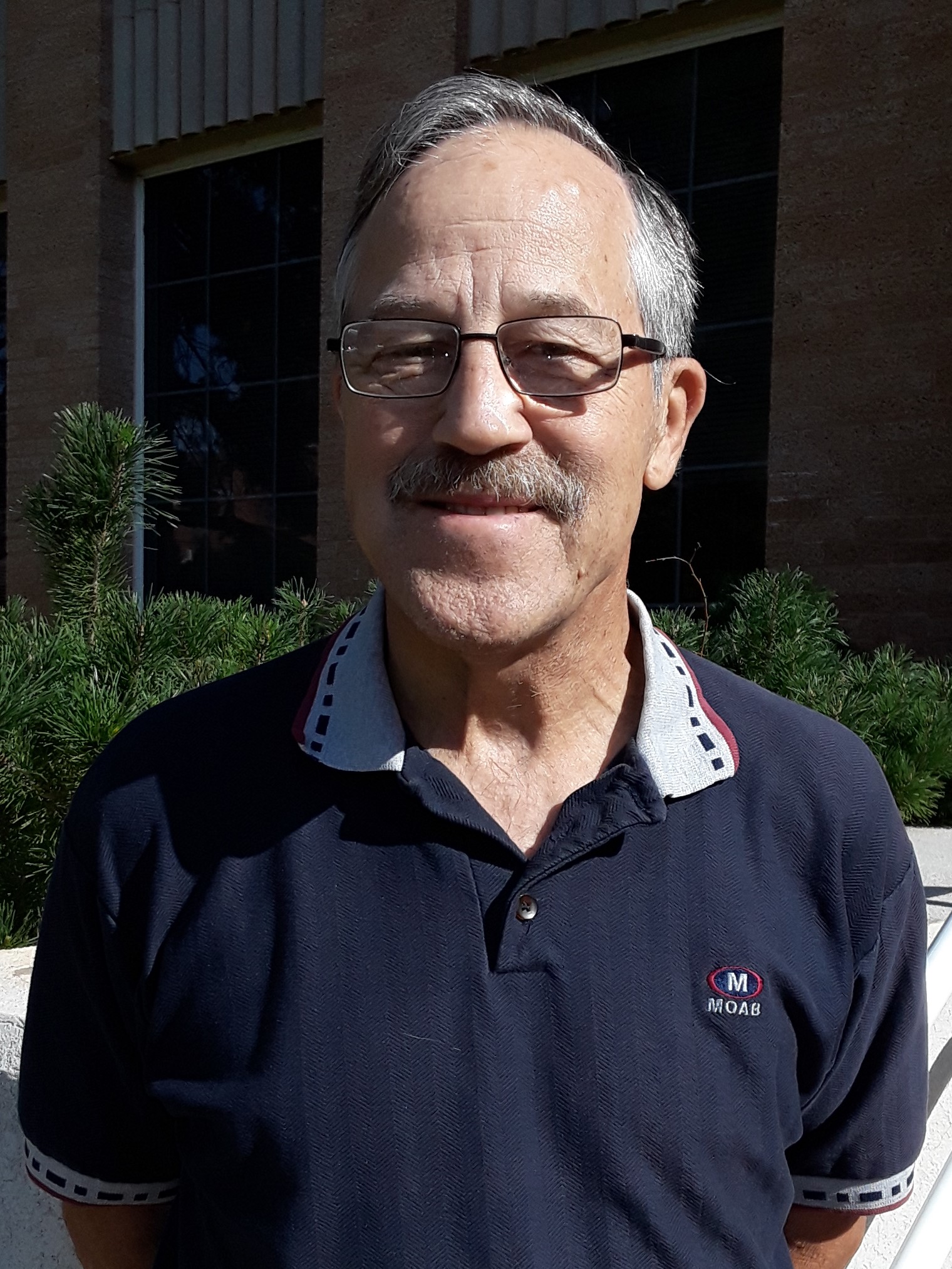“Will I glow if I raft past the uranium mine?” That was the first inquiry in October 2009, during my first month serving our community as the Moab Uranium Mill Tailings Remedial Action (UMTRA) Project liaison, showing me Moab issues might be similar to those of my previous liaison assignments in Michigan. Folks who lack important facts can get the wrong idea no matter where they live.
As a scientist, I was tempted to talk about types of radiation and their effects, but this rafter just needed to know if it was safe, not a technical lecture. We talked mostly about distance from the pile, how long it took to float past and comparisons with light bulbs and chest X-rays. These tailings have a tiny fraction of the uranium originally in the ore so that X-ray, and especially the river currents, are more risky to boaters than the tailings pile.
During the 2011 flooding at least one raft and a canoe ended up floating over a part of the UMTRA site, past the submerged “No Trespassing” signs. A much more reliable way to see the Moab UMTRA Project up close is to take one of the free public tours during the 3rd annual Moab Festival of Science this October. You’ll be accompanied on a one-hour driving tour by an UMTRA leader who will show you the features and answer your questions.
Our community wants to know when the Moab UMTRA Project will be finished, but that depends mostly on annual funding decisions by the U.S. Department of Energy (DOE) Office of Environmental Management (EM). Our elected officials in Congress can influence that allocation, but the local project usually doesn’t know until a few months before each fiscal year begins on October 1.
American Recovery and Reinvestment Act (ARRA) funding (also known as stimulus) more than doubled funding to about $85 million per year, enabling the removal of over 200,000 tons of tailings per month during parts of 2010 and 2011. At its peak, the project had installed infrastructure to continue that pace, and over 150 employees, about two-thirds local, had good-paying jobs.
EM’s top leader, Mr. Huizenga, came to Moab in 2012 to meet with a dozen of our community leaders. He candidly explained we should expect just enough funding to keep the Moab UMTRA Project active. Fiscal 2012 funding was cut to $31 million and the workforce and tailings shipments were dramatically reduced. EM increased funding for projects at Hanford and Savannah River, where risks to the public are more serious. At current funding levels, the Moab team can remove about 38,000 tons per month, and the last ton of tailings would be shipped in 2032.
The Moab UMTRA Project liaison is prohibited from lobbying Congress, but our elected officials and the Moab Tailings Project Steering Committee (11 local and agency stakeholders led by Grand County Council chair Mary McGann) have effectively represented us. Each of the last two years, a contingent of our elected officials visited Washington, D.C., to appeal for more funding, and EM increased funding about $3 million for each year to $38 million. Recently our congressman, John Curtis, spoke in the House in support of increased funding. Shortly thereafter, the Energy and Water Subcommittee approved $42 million for fiscal year 2019, but the Senate has yet to concur.
Liaison work is mostly gratifying, but can be contentious when simple lies are more readily accepted than complex truths. A few years ago, one Californian declared me to be a LGO (Lying Government Official) when I debunked spurious claims about Moab’s drinking water. The distinctive “fingerprint” of tailings contamination has never been detected in our drinking water and won’t be, for many good reasons. Contamination under the pile would have to bypass the UMTRA defensive wells, resist natural collection to get past the river, swim miles against the groundwater flow and then jump past another aquifer to reach Moab’s wells in Spanish Valley.
The UMTRA liaison position is worthwhile to both the project and our community. It is critical that the liaison be a neutral conduit for accurate information, enabling productive discussions with project leaders, our elected officials and the community. The new liaison has a different background, in some ways more relevant than mine, so that person will likely have a fresh approach. It has been a privilege to serve as Grand County’s UMTRA liaison, and I encourage you to support my successor.
Lee Shenton is the Moab UMTRA Project community liaison for Grand County and is retiring in July. He lives in Moab.
“Liaison work is mostly gratifying, but can be contentious when simple lies are more readily accepted than complex truths. A few years ago, one Californian declared me to be a LGO (Lying Government Official) when I debunked spurious claims about Moab’s drinking water.”



